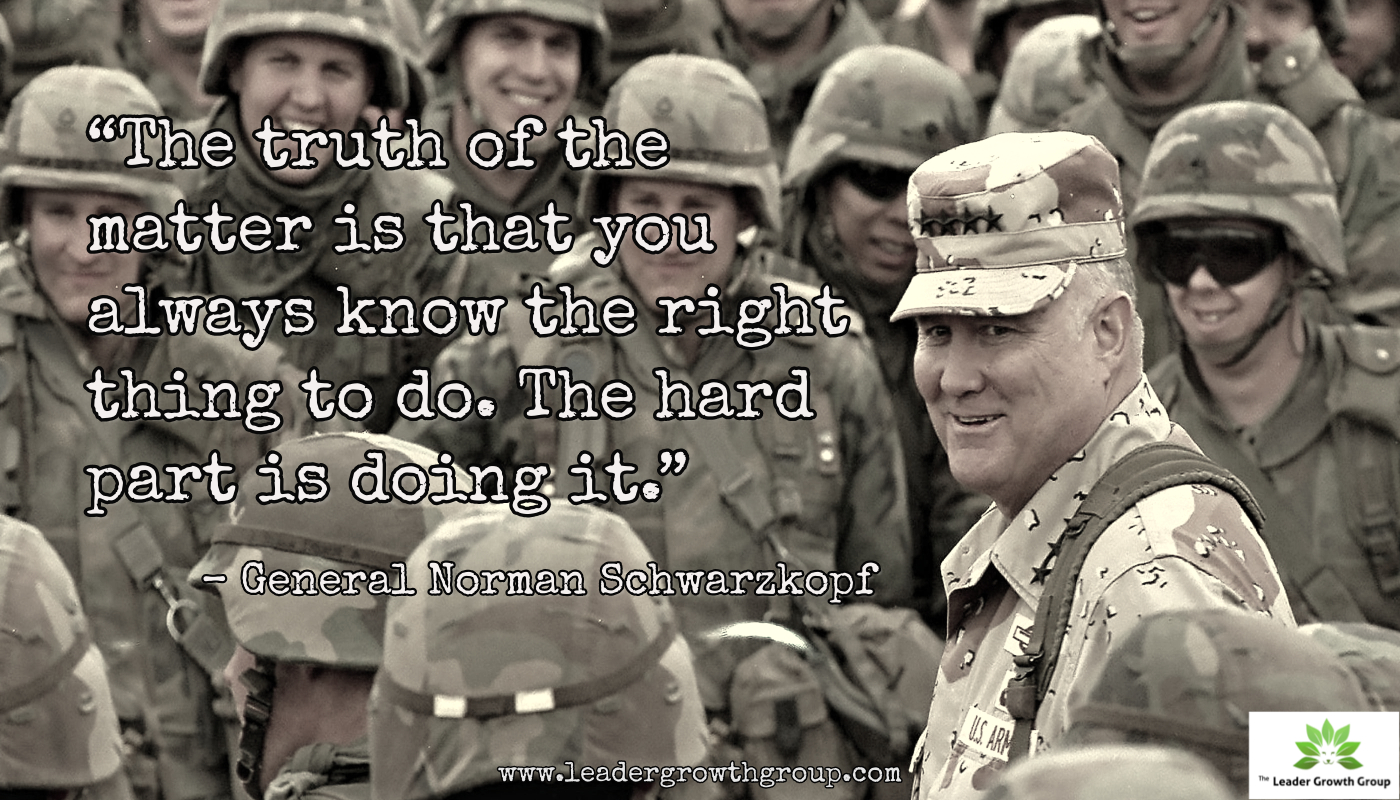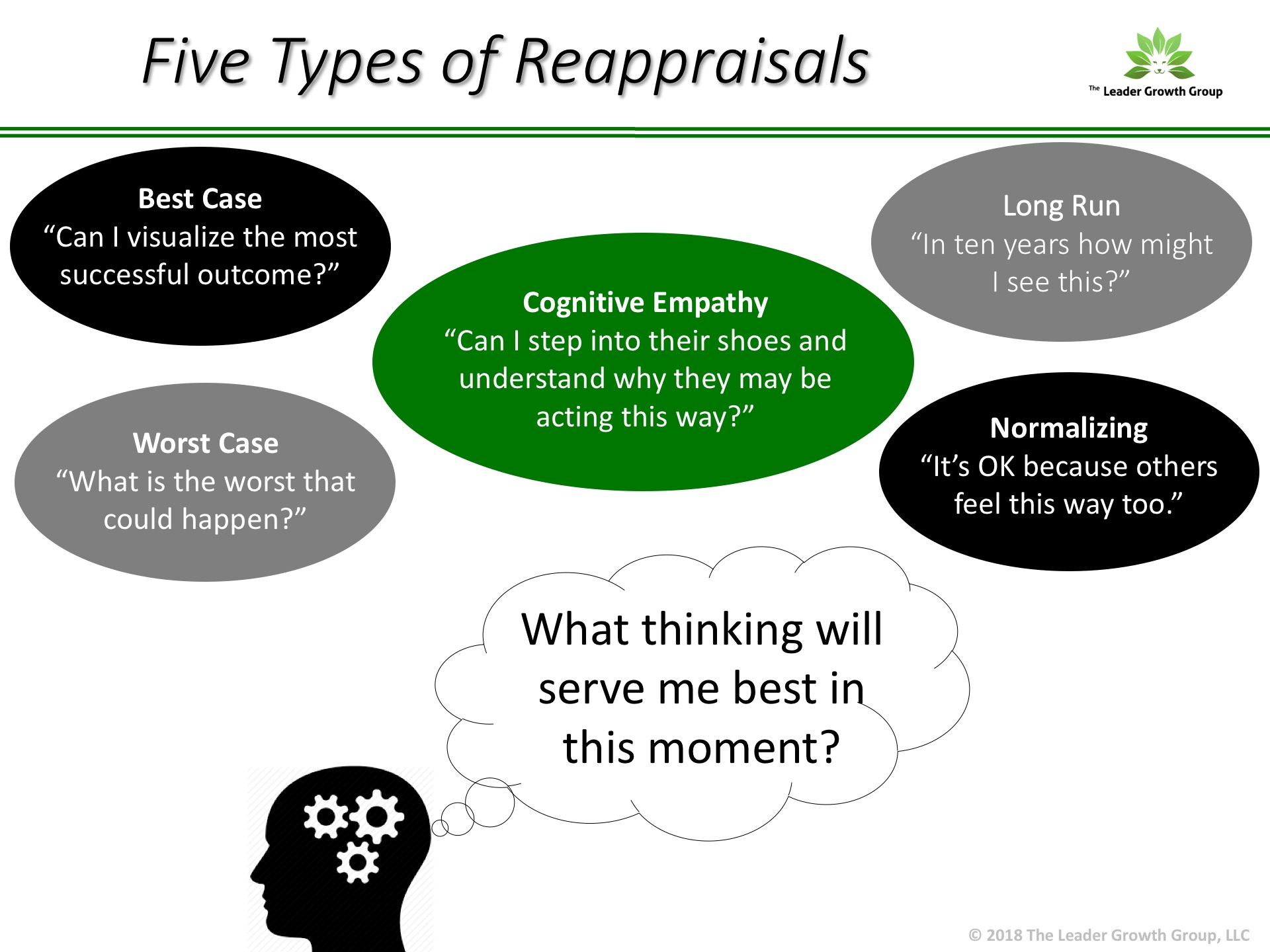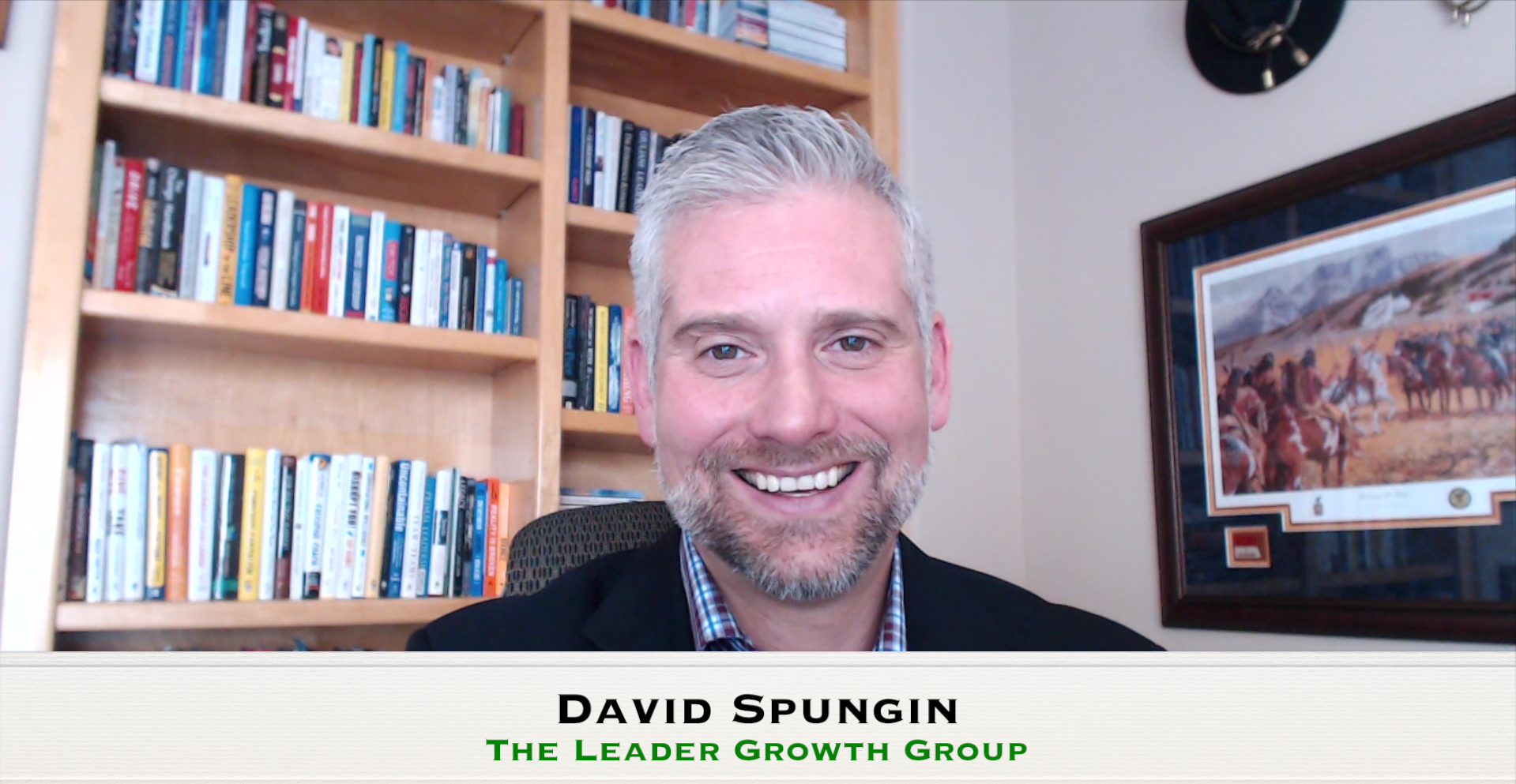
Three years ago I created the VUCA Proof Leader© program to help leaders who were struggling in an environment of volatility, uncertainty, complexity, and ambiguity (VUCA). The concepts emerged from my personal experiences in leading through VUCA, as well as from research on the topic. Fundamental to my approach is that leaders should learn to transition from a traditional Heroic Leadership Style to what I’ve coined as a more “VUCA Proof” Style. This means finding your passion, being bolder, and practicing greater mindfulness. I also provided a pathway for leaders that included getting Aligned, Activated, and Attuned.
Truth be told, while it is a solid model…there is now room for improvement.
The one constant in a VUCA world is change. So, why would a leadership theory designed to meet that environment be any different? Here are just a few things that changed since I first introduced the VUCA Proof Leader©:
- We experienced a digital transformation as technology enabled a productive remote workforce. Leading remote teams meant we had to coordinate, communicate, and collaborate differently.
- Flexibility and resiliency became paramount skills as we struggled with endless work hours, no vacation, and constant overwhelm at home due to quarantine.
- Some industries like hospitality and tourism disappeared overnight. Businesses innovated to meet the new demands of a global pandemic. Companies like Pfizer/BioNTech and Moderna delivered a vaccine in record time!
- Social and political quarrels greatly disrupted society. Many companies embraced strategies of greater corporate responsibility and social activism to meet the times. Yet, long-term strategic vision beyond the next quarter seems impossible in this unpredictable world.
- You probably ran out of toilet paper.
If 2020 taught us anything is that VUCA is accelerating at a pace that no one could have predicted. That’s why “VUCA Proofing” your leadership style is now no longer an option…it’s imperative.
My approach to helping leaders to VUCA Proof© themselves has also changed. I wanted to make it more accessible and tangible, less about theory and more about concrete actions that we all can practice. I also wanted to integrate the latest research on VUCA and make it more relevant. Finally, I wanted to bring the most recent best practices in leader development into the mix.
This is the result.

I still believe leadership exists to disrupt one’s environment for the better. In this regard, my purpose of leadership remains to extinguish the status quo, envision a superior outcome, and align actions towards producing new results.
I also fundamentally still believe that the majority of managers today overly rely on their power and authority and default to a Heroic Leadership Style. This causes them to lose influence and makes leading change in a VUCA world very difficult.
If leaders are going to disrupt compassionately, what’s needed today is more vision, understanding, clarity, and agility (1).
Within each of these components, I’ve identified four key actions we can practice to improve. While balancing boldness with mindfulness is still core to effectiveness, I’ve added more specific actions like practicing a Growth Mindset and using Commander’s Intent to inspire more initiative.
Finally, the sixteen actions work together to produce direction, insight, innovation, and ultimately growth.
In the coming months, I’ll be expanding on how you can implement this framework to VUCA Proof© your own leadership style. If you want to learn more click the “follow” button above so you can receive future posts. Or, connect with David at dspungin@leadergrowthgroup.com to learn more about the VUCA Proof© Leader training events.
David Spungin designs/facilitates leadership programs for Fortune 500 organizations and is a coach to senior-level executives. As the Founder & Principal Consultant at The Leader Growth Group, he’s helped over 4000 leaders to inspire more engaged and productive workplaces. Get a copy of his book, “Growing Leaders: 20 Articles to Challenge, Inspire, and Amplify Your Leadership” by clicking here.
*All Rights Reserved. Reproduction, publication, and all other use of any and all this content is prohibited without the authorized consent of the author.
(1) CODREANU, A. (2016). A VUCA ACTION FRAMEWORK FOR A VUCA ENVIRONMENT. LEADERSHIP CHALLENGES AND SOLUTIONS. Journal of Defense Resources Management, 7(2), 13th ser.
















 David understands how effective leadership generates success. A U.S. Army combat veteran and consultant to thousands of Fortune 500 managers, he is the Founder & Principal Consultant of
David understands how effective leadership generates success. A U.S. Army combat veteran and consultant to thousands of Fortune 500 managers, he is the Founder & Principal Consultant of 

 2. Ignoring Emotions – Most coaching conversations have a strong human component to them. Perhaps a report is having a problem influencing a decision-maker, challenged by a co-worker’s personality, or uncertain of what the next stages of their career might be. Yet, many managers distance themselves from the messy emotional stuff and immediately move to generating options for a technical solution. Human challenges require us to exercise a little humanity first. Your report is experiencing emotions as a result of these challenges, so meet them where they are and help them to feel heard first.
2. Ignoring Emotions – Most coaching conversations have a strong human component to them. Perhaps a report is having a problem influencing a decision-maker, challenged by a co-worker’s personality, or uncertain of what the next stages of their career might be. Yet, many managers distance themselves from the messy emotional stuff and immediately move to generating options for a technical solution. Human challenges require us to exercise a little humanity first. Your report is experiencing emotions as a result of these challenges, so meet them where they are and help them to feel heard first. 3. Taking the Bait – Many managers, especially those new to coaching, are so eager to help that they accidentally “collude” with their report on their problem they face. They are doing all the right things like deep listening, exercising empathy, and helping their report to hear themselves. Yet, in doing so, they are only seeing the challenge through their report’s eyes, and losing objectivity. Great coaching is often about holding multiple perspectives simultaneously, and helping your report to see alternatives.
3. Taking the Bait – Many managers, especially those new to coaching, are so eager to help that they accidentally “collude” with their report on their problem they face. They are doing all the right things like deep listening, exercising empathy, and helping their report to hear themselves. Yet, in doing so, they are only seeing the challenge through their report’s eyes, and losing objectivity. Great coaching is often about holding multiple perspectives simultaneously, and helping your report to see alternatives. David understands how effective leadership generates success. A U.S. Army combat veteran and consultant to thousands of Fortune 500 managers, he is the Founder & Principal Consultant of
David understands how effective leadership generates success. A U.S. Army combat veteran and consultant to thousands of Fortune 500 managers, he is the Founder & Principal Consultant of 



 Activated leadership starts with planning for change within the context of your environment. Assess the key stakeholders. Who are your allies? Who is likely to be in opposition? What are the hidden assumptions, values, and mental models that are contributing to being for or against your change initiative? I use Kurt Lewin’s
Activated leadership starts with planning for change within the context of your environment. Assess the key stakeholders. Who are your allies? Who is likely to be in opposition? What are the hidden assumptions, values, and mental models that are contributing to being for or against your change initiative? I use Kurt Lewin’s  Now, make no mistake, if it’s a big-enough change, this will be a struggle! Every system is perfectly designed to produce the results it gets. In any change, there will be winners and losers. Thus, you need to anticipate and prepare for resistance. In the military, we called this “prepping the battlefield.” We never wanted to engage in conflict on other’s terms. Instead, we did things like emplacing shaping obstacles, causing opposition forces to change direction to where we held the advantage. Translation…understand who has the most to lose with your proposed change, and try to predict their next steps. What can you do to mitigate opposition? Perhaps you need to have (meetings before the meeting) to ensure public support from your allies. Or, maybe you need prepare concessions that will make losses resulting from change more tolerable to others. “Wargame” how things could play out, and prepare accordingly.
Now, make no mistake, if it’s a big-enough change, this will be a struggle! Every system is perfectly designed to produce the results it gets. In any change, there will be winners and losers. Thus, you need to anticipate and prepare for resistance. In the military, we called this “prepping the battlefield.” We never wanted to engage in conflict on other’s terms. Instead, we did things like emplacing shaping obstacles, causing opposition forces to change direction to where we held the advantage. Translation…understand who has the most to lose with your proposed change, and try to predict their next steps. What can you do to mitigate opposition? Perhaps you need to have (meetings before the meeting) to ensure public support from your allies. Or, maybe you need prepare concessions that will make losses resulting from change more tolerable to others. “Wargame” how things could play out, and prepare accordingly. While you may need to be a lightning rod for a moment to help generate healthy debate, I offer you never do it alone, and there will come a point where you should transition to the final Activated leadership activity, which is bridge-building. This is when you focus the group by creating unity of vision and direction. Rather than concentrating on the differences, pay attention to their commonalities and shared values. A year from now, what is a better outcome that we’d all value? What should we be doing to make this vision a reality? Who needs to be included to bring diverse perspectives on how we should get there? What are the small baby steps we can agree on that will enable clear progress? These are example questions that an activated leader might use to facilitate powerful discussion. The path forward does not need to come from you directly, in fact, it’s better if it emerges from the group. While the heroic leader “tells then sells” their vision, the VUCA Proof© leader consults, delegates, and builds consensus. This ensures the greatest amount of team buy-in, which is imperative to leading change in a VUCA environment.
While you may need to be a lightning rod for a moment to help generate healthy debate, I offer you never do it alone, and there will come a point where you should transition to the final Activated leadership activity, which is bridge-building. This is when you focus the group by creating unity of vision and direction. Rather than concentrating on the differences, pay attention to their commonalities and shared values. A year from now, what is a better outcome that we’d all value? What should we be doing to make this vision a reality? Who needs to be included to bring diverse perspectives on how we should get there? What are the small baby steps we can agree on that will enable clear progress? These are example questions that an activated leader might use to facilitate powerful discussion. The path forward does not need to come from you directly, in fact, it’s better if it emerges from the group. While the heroic leader “tells then sells” their vision, the VUCA Proof© leader consults, delegates, and builds consensus. This ensures the greatest amount of team buy-in, which is imperative to leading change in a VUCA environment.



 1.Inventory Historic Feedback – Reflect back on last year. What consistent feedback did you hear? What strengths did others value? Any weaknesses that are impeding your success? Try to list two to three answers to each of these questions. If this takes you more than 5 minutes to complete, I offer that your most important leadership goal for the coming year may need to be diligently and consistently collecting feedback on your leadership performance.
1.Inventory Historic Feedback – Reflect back on last year. What consistent feedback did you hear? What strengths did others value? Any weaknesses that are impeding your success? Try to list two to three answers to each of these questions. If this takes you more than 5 minutes to complete, I offer that your most important leadership goal for the coming year may need to be diligently and consistently collecting feedback on your leadership performance. 2. Imagine Team/Organizational Success –Take a moment and envision you’ve just fast- forwarded to December. It was an amazingly successful year and you are proud of your team and organizational performance! See the results in your mind’s eye. What are your clients, teammates, and reports saying about the year? Now, who would you need to become as a leader for this to be a reality? How would you personally need to change?
2. Imagine Team/Organizational Success –Take a moment and envision you’ve just fast- forwarded to December. It was an amazingly successful year and you are proud of your team and organizational performance! See the results in your mind’s eye. What are your clients, teammates, and reports saying about the year? Now, who would you need to become as a leader for this to be a reality? How would you personally need to change? 3. Note Environmental Trends – Perhaps you are already a high-performing leader and want to take your game to the next level. Look at how the world is evolving and seek opportunities to evolve with it. Here is a list of
3. Note Environmental Trends – Perhaps you are already a high-performing leader and want to take your game to the next level. Look at how the world is evolving and seek opportunities to evolve with it. Here is a list of 


